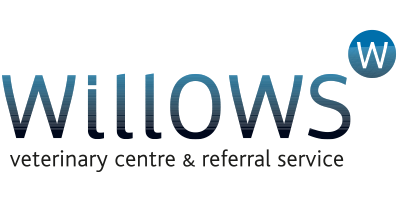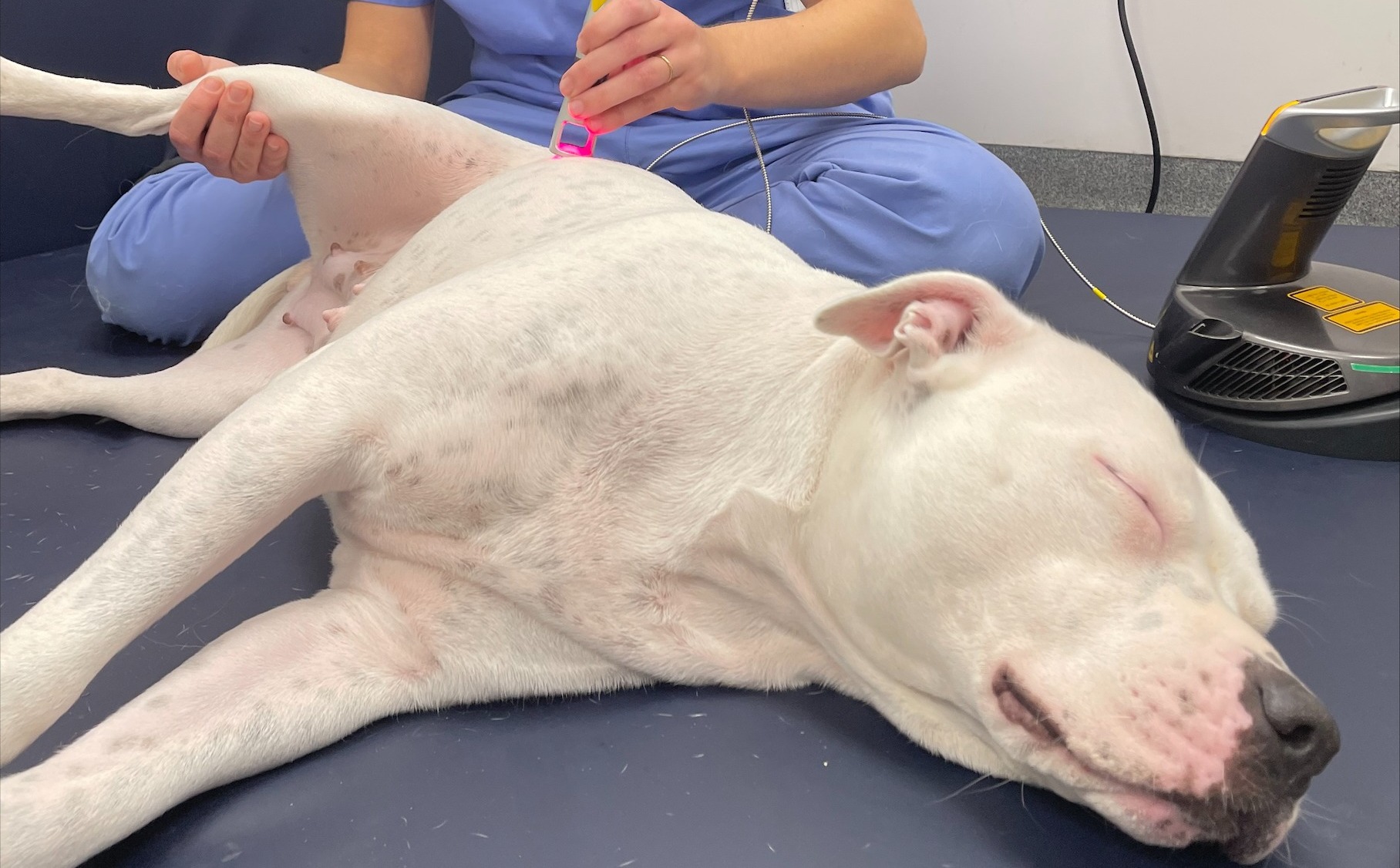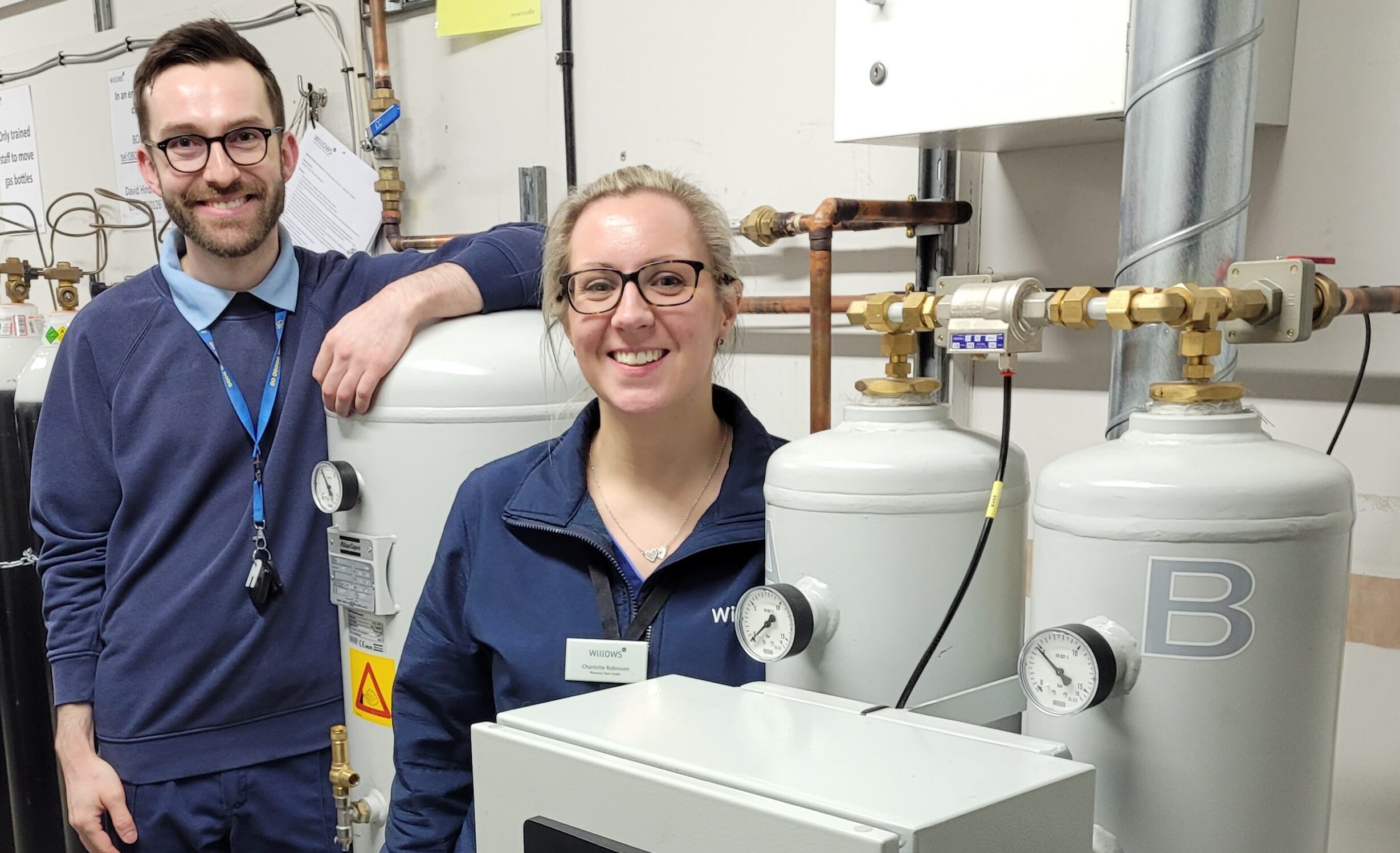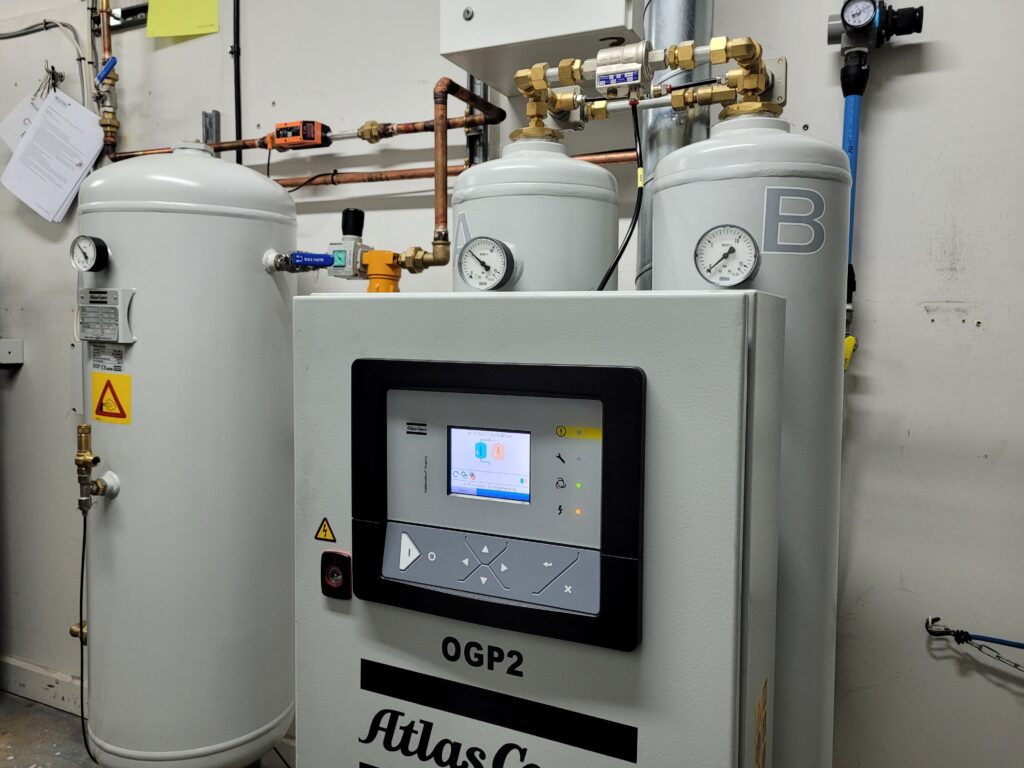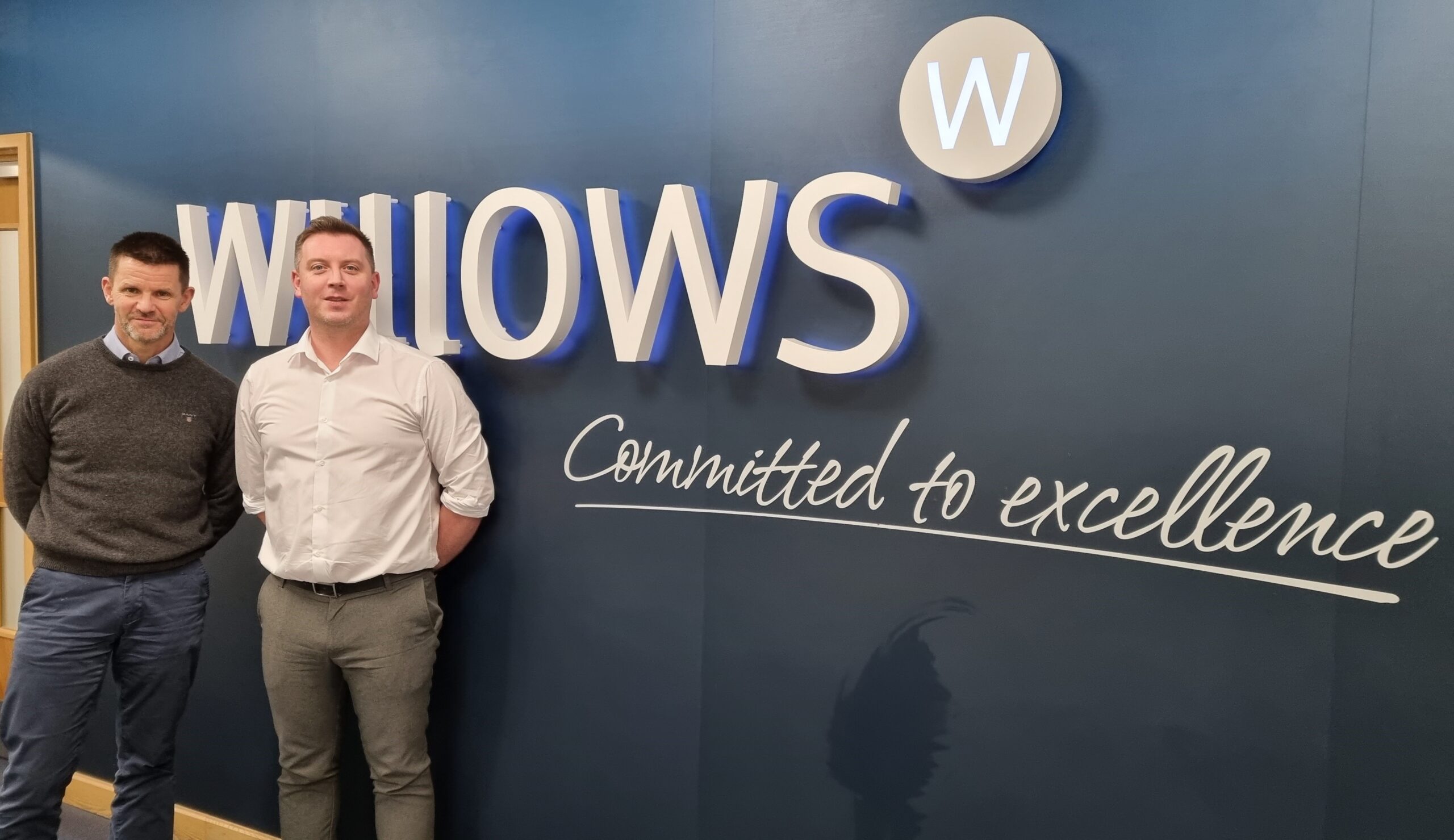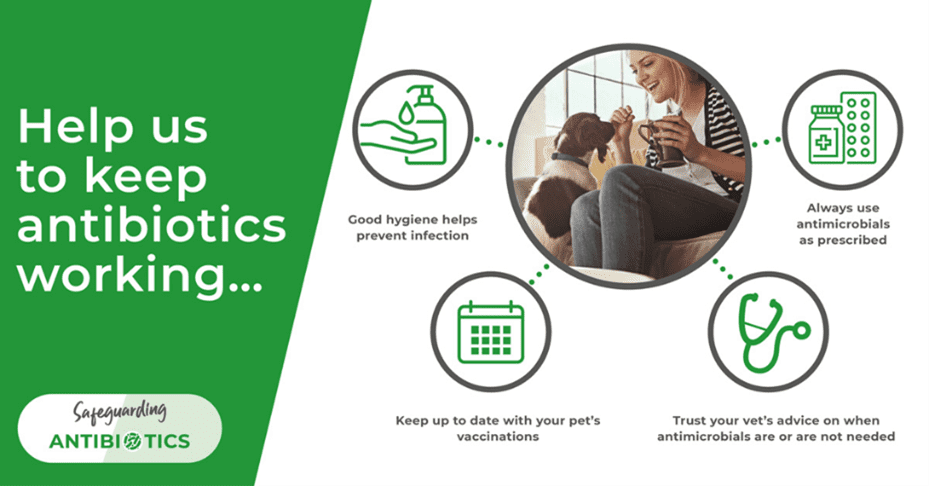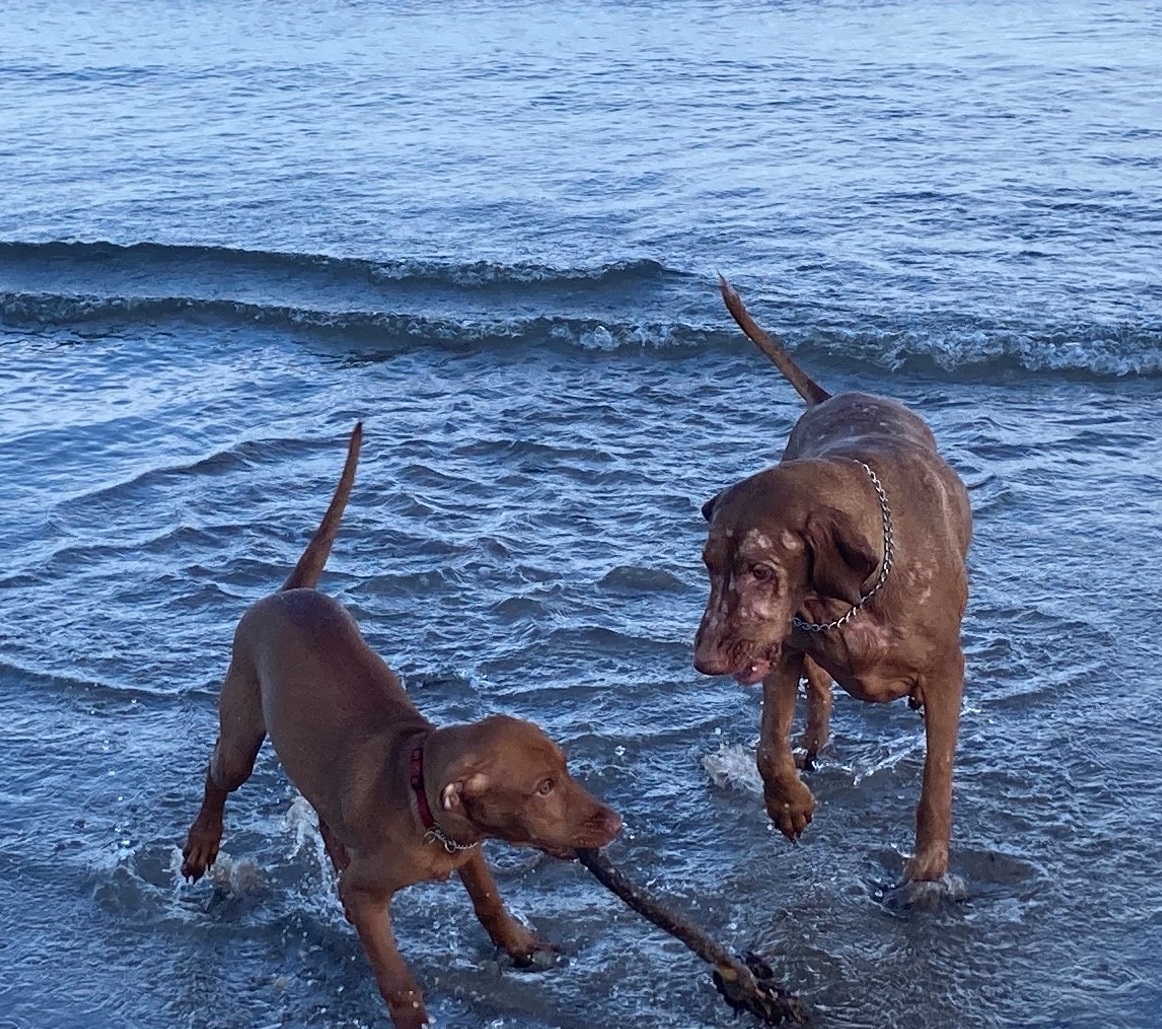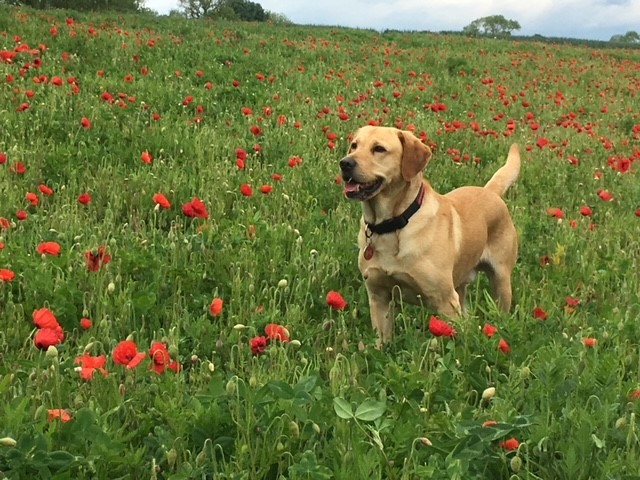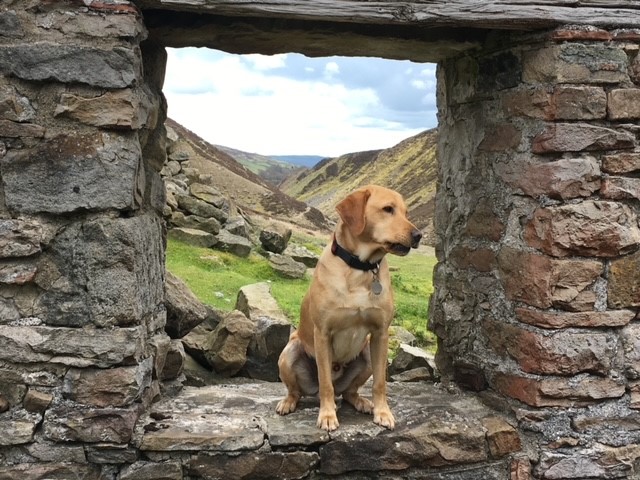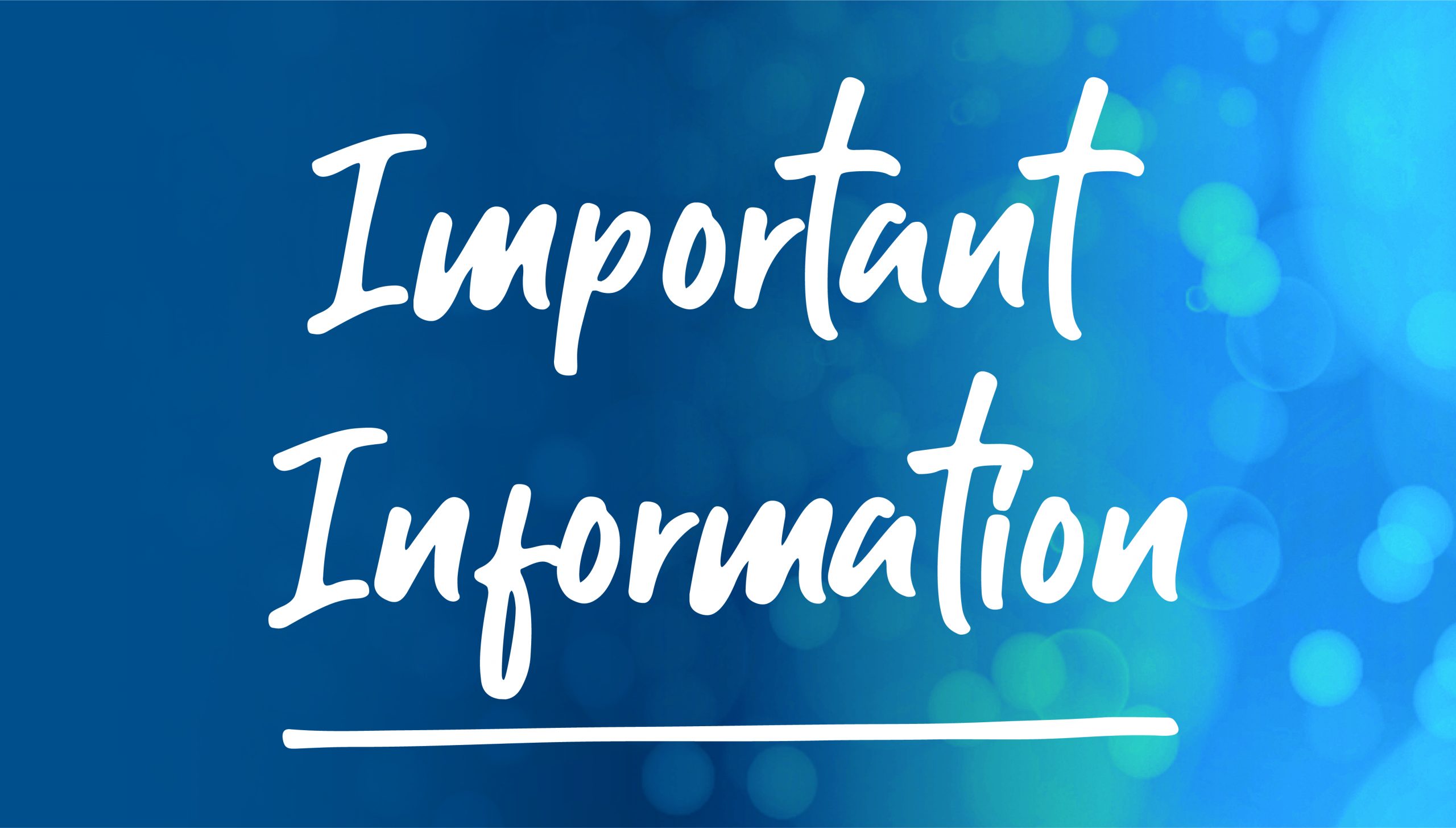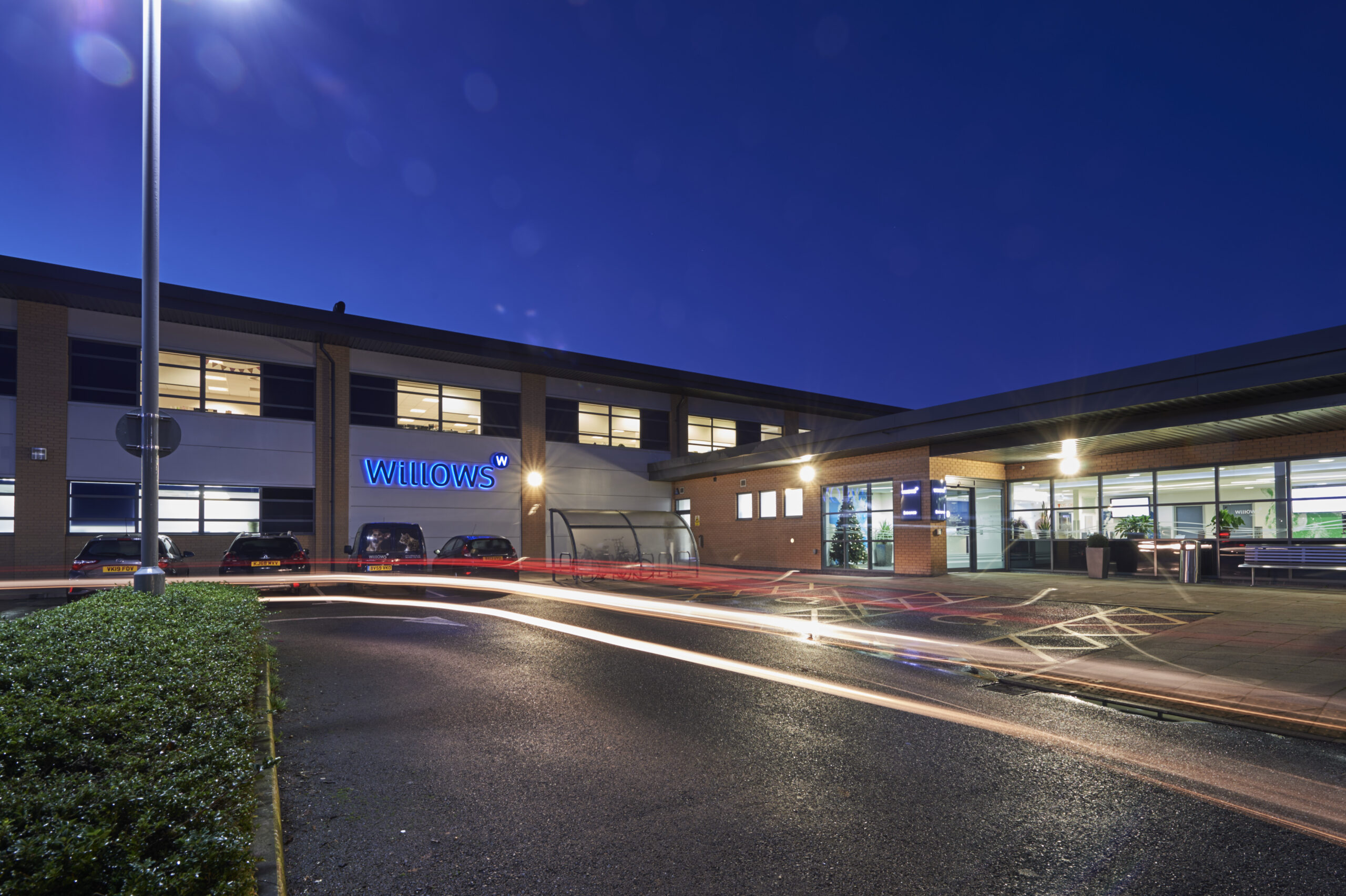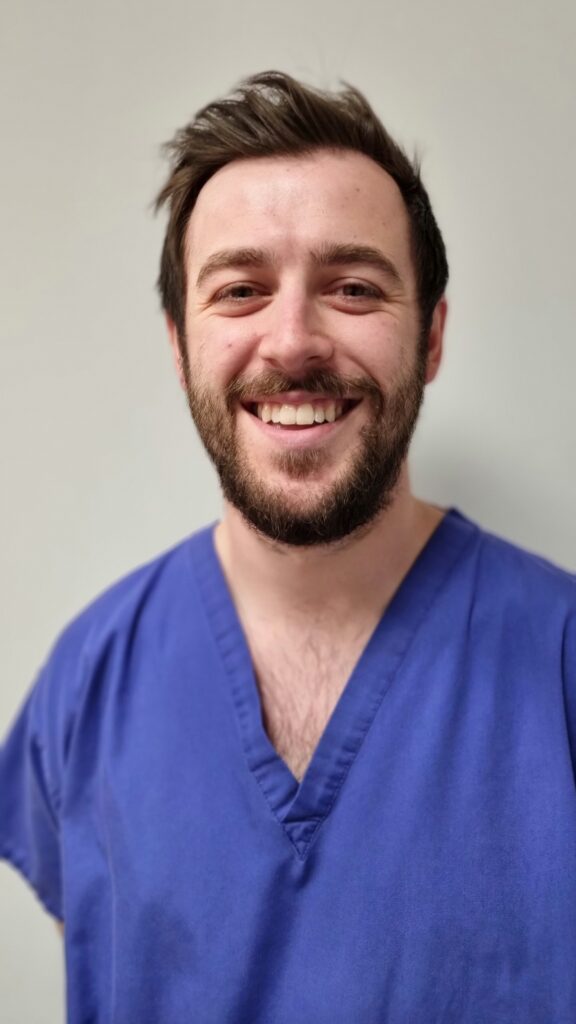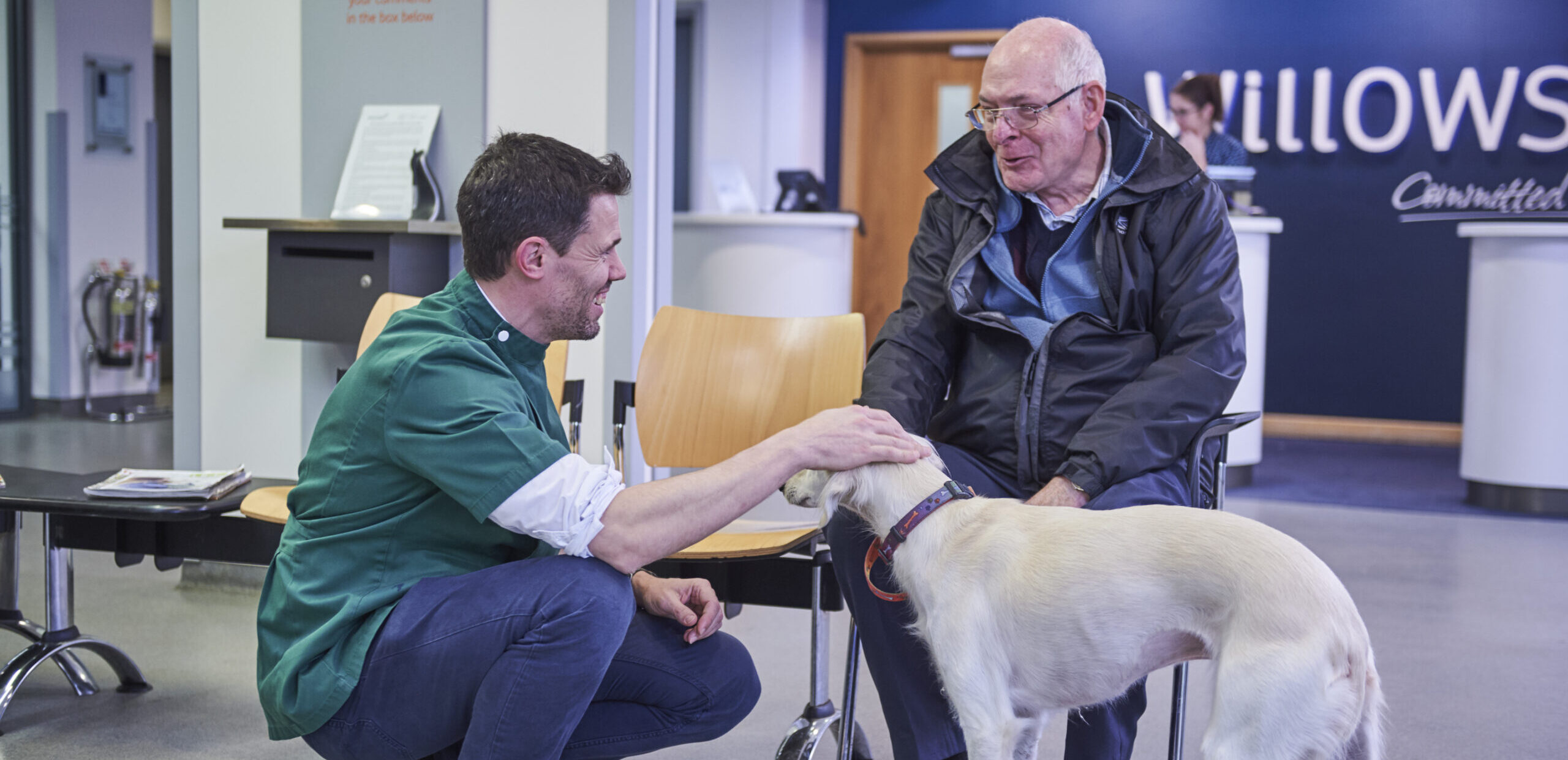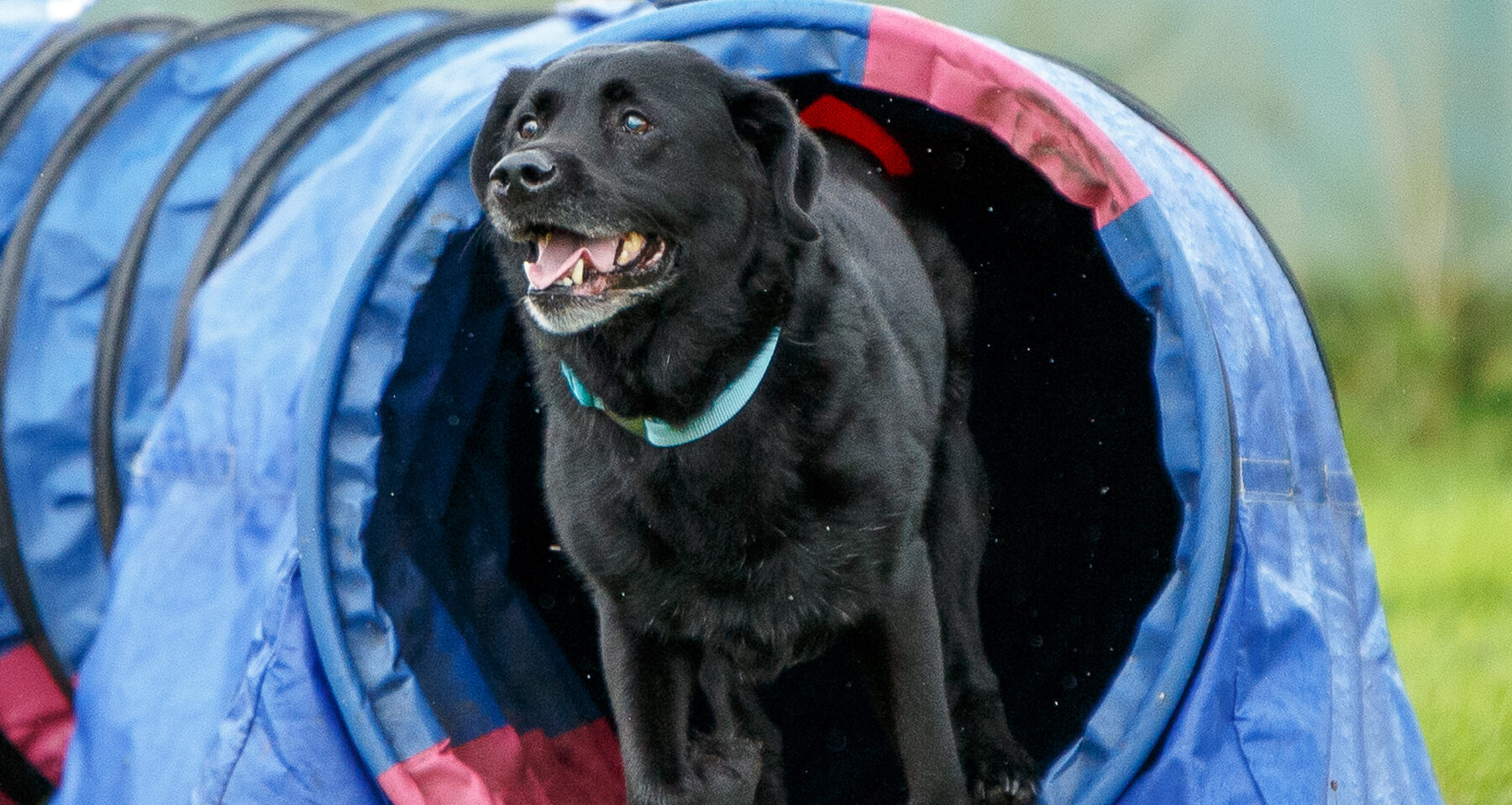Top netball player Holly Finelli is aiming high after achieving her goal of joining our expert veterinary physiotherapy team here at Willows.
Holly, who plays for Barr Beacon in Division One of the West Midlands League, has joined the internationally-renowned Willows Veterinary Centre and Referral Service, in Solihull.
While she has international pedigree of her own, having played under-16s netball against Jamaica and Wales at the NEC in 2012, Holly has also earned a first-class honours degree in Veterinary Physiotherapy and a Level 4 Certificate in Canine Hydrotherapy.
Holly said she was now enjoying being part of the specialist-led team here at Willows, delivering the best possible care to our patients.
She said: “My key responsibilities are to provide physiotherapy assessments for neurological and orthopaedic inpatients and producing physiotherapy plans for them.
“My other key responsibility is to provide outpatient physiotherapy care to both internal and external referrals.
“I am particularly looking forward to working with inpatients, as this was not possible in my previous role. It will be extremely rewarding to see patients from their first day post-surgery all the way through to full recovery.
“I’m also sure that working alongside so many specialists will enable me to learn from their expertise to improve and develop my skills as a physiotherapist.
“Having the opportunity to watch orthopaedic and neurological surgeries will give me a greater understanding and allow me to provide higher quality post-operative care.”
Holly has a real passion for physiotherapy and pinpoints one of her early cases as highlighting the incredible benefits of the care she can offer.
She said: “Physiotherapy aims to stimulate the body’s natural healing process, reduce pain and restore mobility and function.
“One of my most rewarding cases to date was using physiotherapy for the conservative management of a Japanese Spitz puppy with luxating patella (dislocating kneecap).
“The puppy was too young for surgery as he was not fully grown, so physiotherapy was used in the interim to improve the patient’s quality of life and to provide prehab before the surgery.
“However, the physiotherapy was so successful that once the patient was fully grown, surgery was no longer required.”
To find out more about our expert Physiotherapy team click here.
